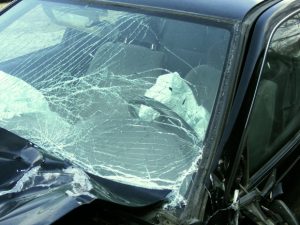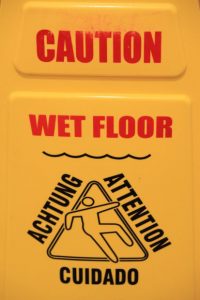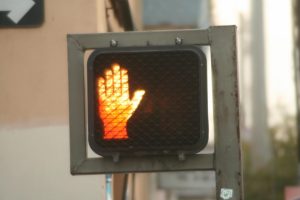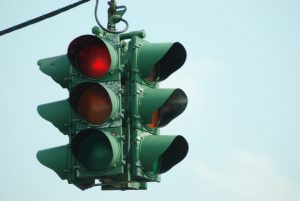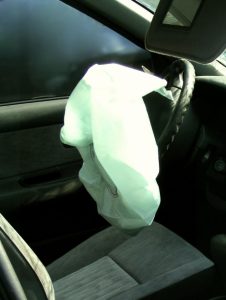A defendant amusement park missed the deadline to seek compensation from the school of an 11-year-old girl killed in accident at the park, but it can still try to prove the school was partially negligent in a pending trial brought by the girl’s parents. 
That’s according to a recent ruling by the New Jersey Supreme Court. The decision was notable for the fact that it holds third-party claims against the government to the same standards for tort claim notice as first-party claims. In New Jersey, there is a 90-day deadline to file a notice – starting at the time of a victim’s death – to the defendant government agency and its subdivisions. Still, it’s a disappointing outcome for the plaintiff parents because the ruling will allow defendant amusement park to present evidence of the school’s potential liability, which could reduce its own liability and ultimately reduce damages awarded to plaintiffs.
The tragic events that spurred this case began in 2011, when the girl was on a school field trip hosted for honor roll students. The trip was organized by the school. She died after falling approximately 150 feet from a large Ferris wheel. Two years after the fifth-grader’s death, within the statute of limitations for wrongful death cases, her parents filed their wrongful death lawsuit. Continue reading ›
 Florida Injury Lawyer Blog
Florida Injury Lawyer Blog














